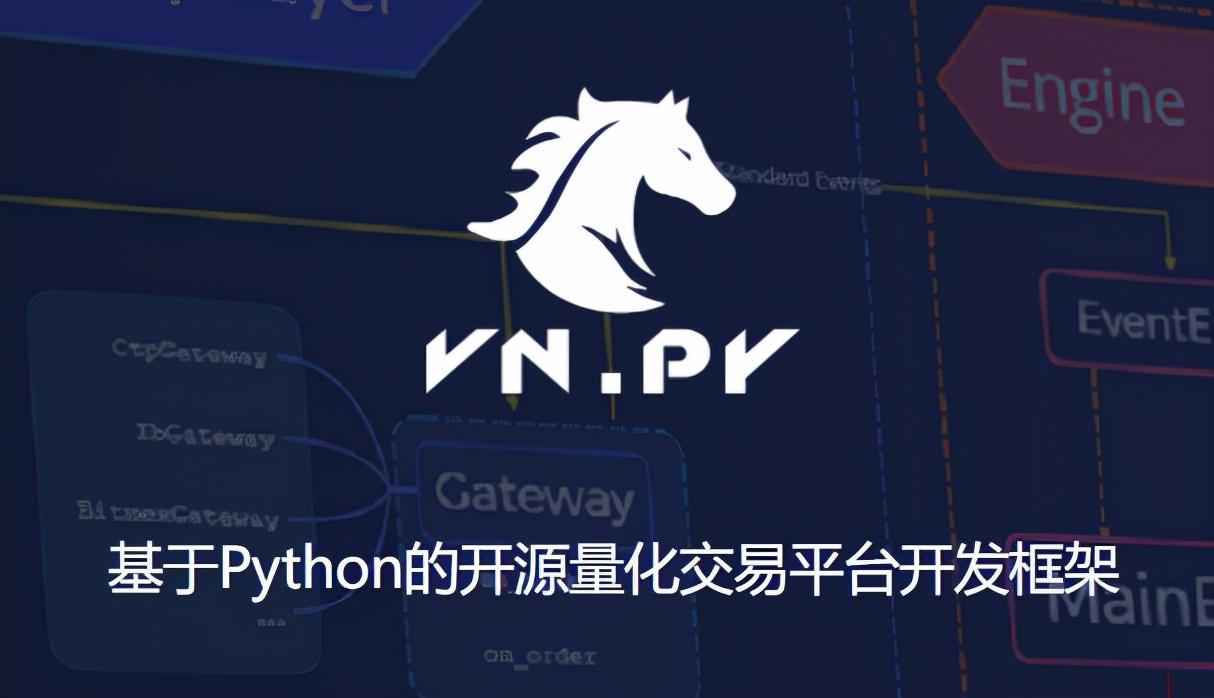IT运维是IT管理的核心和重点部分,也是内容最多、最繁杂的部分,IT运维管理主要用于IT部门内部日常运营管理,涉及的对象分成两大部分,即IT业务系统和运维人员。
![图片[1]-IT运维管理是什么?IT运维管理有哪几个部分?-数字化转型网-JieYingAI捷鹰AI](https://www.jieyingai.com/wp-content/uploads/2024/11/1732550610980_0.webp)
IT运维管理是什么?IT运维管理有哪几个部分?
那么,IT运维管理由哪几个部分组成?
IT运维管理内容由一下七个可细分的子系统组成:
IT运维管理的第一个子系统:设备管理:设备管理对网络设备、服务器设备、操作系统运行状况进行监控,设备管理对各种应用支持软件如数据库、中间件、群件以及各种通用或特定服务的监控管理,如邮件系统、DNS、WEB等的监控与管理;
IT运维管理的第二个子系统:数据/存储/容灾管理:数据/存储/容灾管理对系统和业务数据进行统一存储、备份和恢复;
IT运维管理的第三个子系统:业务管理:业务管理包含对企业自身核心业务系统运行情况的监控与管理,对于业务的管理,主要关注该业务系统的CSF(关键成功因素Critical Success Factors)和KPI(关键绩效指标Key Performance Indicators);
IT运维管理的第四个子系统:目录/内容管理:目录/内容管理主要对于企业需要统一发布或因人定制的内容管理和对公共信息的管理;
IT运维管理的第五个子系统:资源资产管理:管理企业中各IT系统的资源资产情况,这些资源资产可以是物理存在的,也可以是逻辑存在的,并能够与企业的财务部门进行数据交互;
IT运维管理的第六个子系统:信息安全管理:信息安全管理包含了许多方面的内容,目前信息安全管理主要依据的国际标准是ISO17799,该标准涵盖了信息安全管理的十大控制方面,36个控制目标和127种控制方式,如企业安全组织方式、资产分类与控制、人员安全、物理与环境安全、通信与运营安全、访问控制、业务连续性管理等;
IT运维管理的第七个子系统:日常工作管理:日常工作管理主要用于规范和明确运维人员的岗位职责和工作安排、提供绩效考核量化依据、提供解决经验与知识的积累与共享手段。
IT运维管理的每一个子系统中都包含着十分丰富的内容,实现完善的IT运维管理是企业提高经营水平和服务水平的关键。
在CXO UNION(CXO联盟)的行业社群里,就有不少企业在应用IT运维管理系统,例如中石化集团、国家电网、中石油团、中建、工商银行、平安保险、建银、农业银行、中国银行、中国人寿、华为、中铁集团、上汽集团、中国铁道建筑集团、中海油、中国移动、太平洋建设、苏宁、中国交建、华润、中国一汽等企业,它们的创始人、董事长、VP等高层管理人员,IT总监、财务总监、人力资源(人资)总监、供应链总监、智能制造总监等中高层管理人群;以及CIO、CDO、CTO、CFO、CMO等CXO人群,对于IT运维管理系统功能也有所了解,同时,他们也会在CXO UNION(CXO联盟)的行业社群里一起交流实施IT运维管理系统时出现的问题。CXO UNION(CXO联盟)在这里也欢迎更多志同道合的朋友一起来探讨对于ERP的理解!
根据数字化转型网(搜索栏输入:中国数字化转型网,即可了解详情)的资料,IT运维管理是企业数字化转型非常重要的一环。数字化转型网有大量的关于IT运维管理的资料和方案,比如介绍IT运维管理的定义、IT运维管理的功能、IT运维管理的价值、IT运维管理的优秀案例等等知识,找数字化转型资料上数字化转型网。若您对IT运维管理感兴趣,想和更多对企业IT运维管理的感兴趣的同道者们进行交流,也可关注第六届华东CIO大会夏季峰会,搜索栏输入:华东CIO大会&202亚太CXO论坛,即可了解报名和参会详情!
本文为科普类文章,不作为选择建议或投资建议。更多精彩请关注CXO UNION最新栏目与时间同频哦~
翻译:
What is IT Operations Management? What are the parts of IT operations management?
IT operation and maintenance (O&M) is the core and key part of IT management, as well as the most complicated part with the most content. IT O&M management is mainly used for the daily operation management of the IT department. The objects involved are divided into two parts: IT business system and O&M personnel.
So, what are the components of IT operations management?
IT operations management content consists of the following seven subdivided subsystems:
The first subsystem of IT operation and maintenance management: Device management: Device management monitors the running status of network devices, server devices and operating systems, device management monitors and manages various application support software such as databases, middleware, groupware and various general or specific services, such as mail system, DNS, WEB, etc.
The second sub-system of IT O&M management: Data/Storage/Dr Management: Data/storage/Dr Management stores, backs up, and recovers system and service data in a unified manner.
The third subsystem of IT operation and maintenance management: Business management: Business management includes the monitoring and management of the operation of the core business system of the enterprise. For business management, it mainly focuses on the CSF (Critical Success Factors) and KPI (Key Performance Indicators) of the business system.
The fourth subsystem of IT operation and maintenance management: Directory/content management: Directory/content management is mainly for the enterprise needs to uniformly publish or customized content management and management of public information;
The fifth subsystem of IT operation and maintenance management: Resource asset management: manages the resource assets of each IT system in the enterprise. These resource assets can exist physically or logically, and can interact with the financial department of the enterprise.
Sixth sub-system of IT operation and maintenance management: Information security management: Information security management includes many aspects of the content, the current information security management mainly based on the international standard is ISO17799, the standard covers the information security management of ten control aspects, 36 control objectives and 127 control methods, Such as enterprise security organization, asset classification and control, personnel security, physical and environmental security, communication and operation security, access control, business continuity management, etc.;
The seventh sub-system of IT operation and maintenance management: Daily work management: daily work management is mainly used to standardize and clarify the job responsibilities and work arrangements of operation and maintenance personnel, provide quantitative basis for performance assessment, and provide solutions to the accumulation and sharing of experience and knowledge.
Each subsystem of IT operation and maintenance management contains very rich content. To achieve perfect IT operation and maintenance management is the key to improve the level of business and service.返回搜狐,查看更多














